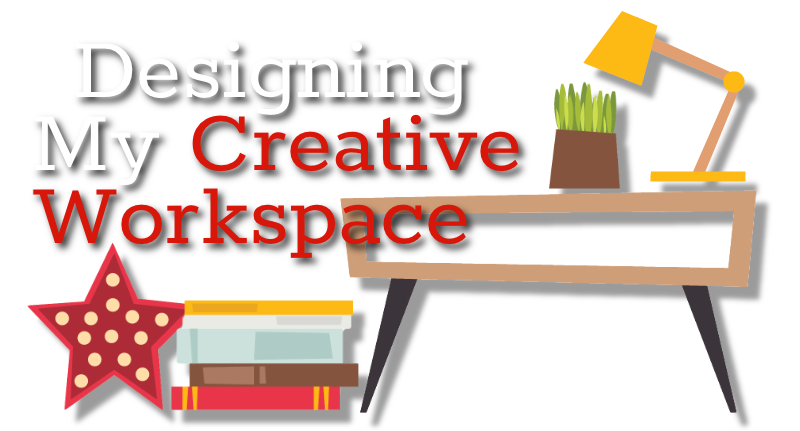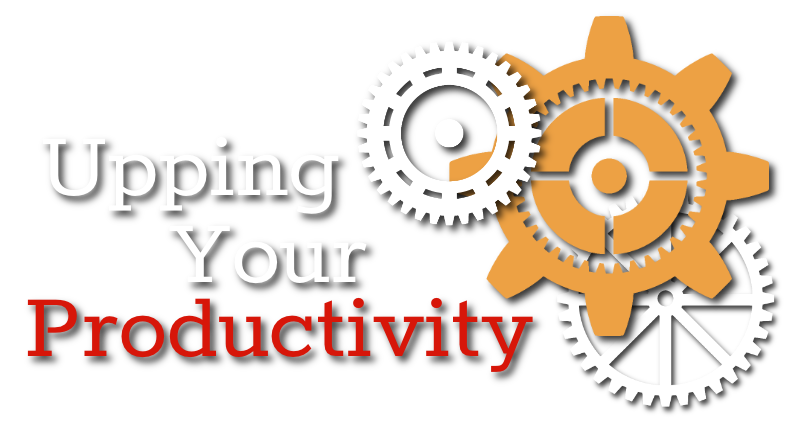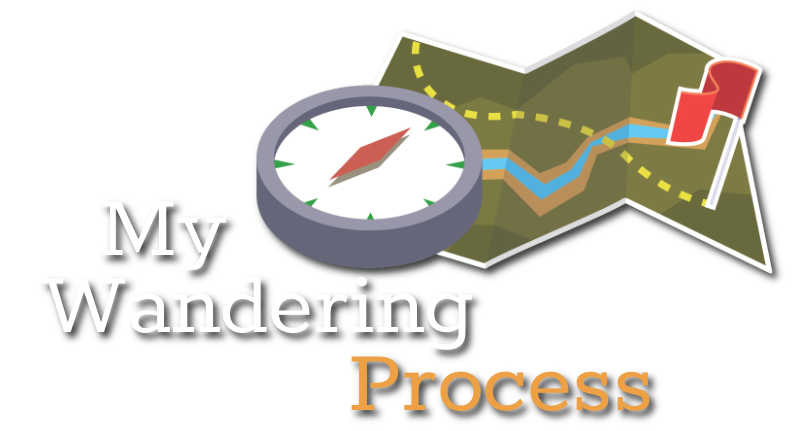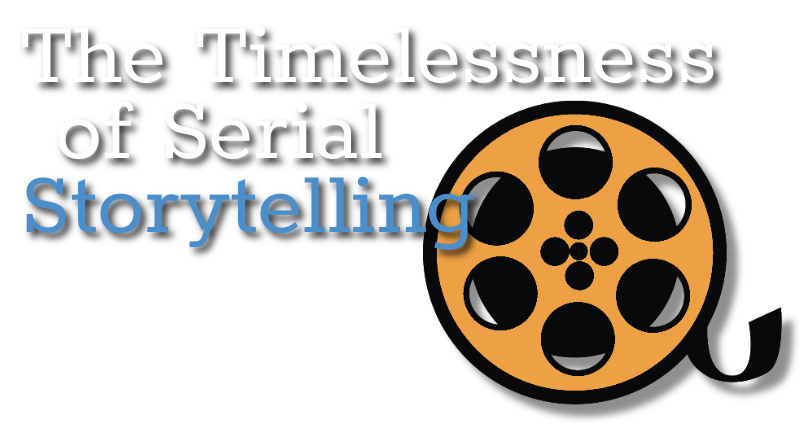BACK TO READING AND WRITING
In my article, Walking For the Sake of Writing, I shared some recent studies which showed how walking had a measurable and positive impact on a person’s creativity. The response I got to that blog was very positive, and it got me thinking about how one’s work space can also effect creativity.
When you think about a professional novelist for example, how do you imagine his or her workspace looks? Is it some dimly-lit study with cluttered bookshelves running from floor to ceiling? Is there a large mahogany desk with a dust-covered computer you can barely see behind all the piles of notes, missives and miscellany? Is there a large, high-backed chair behind the desk which has been used so continuously there’s a Homer Simpson-style ass groove down the center of it?
If this is what you imagine, you’re probably in good company as that’s the stereotype of the writer’s work space. In fact, just for fun, I put the search string “writer’s work space” into Google images and that image is exactly what was returned to me over and over again.
But even if you don’t have this kind of room in your home, it did have me thinking about whether the studies on walking and creativity might have some correlation to the kind of environments we create for ourselves as writers. In other words, does having a variable work space increase creativity? Certainly there’s some validity to this idea, as even large corporations are increasingly abandoning cubicles and offices and offering a variety of work spaces, from communal to intimate, both indoor and outdoor. My employer, the Oregon Coast Aquarium, graciously allows me the flexibility or working from home rather than in the tiny cubicle I have on site. When I’m doing creative work for them, particularly writing, design or filmmaking, this flexibility is not only appreciated but beneficial for both parties. I get to vary my work space with fewer distractions and the aquarium gets a higher level of productivity from me.
If you work on cooperative projects, the importance of the writer’s work space can become even more obvious. Over the last twenty years, my friend David and I have produced various projects together. Our most recent efforts really underscored how the work space can effect personally creativity. David liked to work in his home, usually sitting in an upright chair at a desk or table. I preferred to lounge on the sofa with my shoes off and the laptop balanced on my stomach. He disliked the idea of working in public areas such as a coffee shop because he found them distracting. Conversely, I began to itch to mix things up after a short time being in the same surroundings. Certainly our different, somewhat oppositional needs in a work space effected our productivity. When writing on my own, often switching my work space several times, I can easily put in six to eight hours per day. When working with David however, we rarely went longer than three by mutual agreement.
Of course there’s no right or wrong way of organizing a work space. It’s all very individual and it may take some time for a writer to find the formula that works best for him or her. What do you think? What’s your creative space look like?
In my article, Walking For the Sake of Writing, I shared some recent studies which showed how walking had a measurable and positive impact on a person’s creativity. The response I got to that blog was very positive, and it got me thinking about how one’s work space can also effect creativity.
When you think about a professional novelist for example, how do you imagine his or her workspace looks? Is it some dimly-lit study with cluttered bookshelves running from floor to ceiling? Is there a large mahogany desk with a dust-covered computer you can barely see behind all the piles of notes, missives and miscellany? Is there a large, high-backed chair behind the desk which has been used so continuously there’s a Homer Simpson-style ass groove down the center of it?
If this is what you imagine, you’re probably in good company as that’s the stereotype of the writer’s work space. In fact, just for fun, I put the search string “writer’s work space” into Google images and that image is exactly what was returned to me over and over again.
But even if you don’t have this kind of room in your home, it did have me thinking about whether the studies on walking and creativity might have some correlation to the kind of environments we create for ourselves as writers. In other words, does having a variable work space increase creativity? Certainly there’s some validity to this idea, as even large corporations are increasingly abandoning cubicles and offices and offering a variety of work spaces, from communal to intimate, both indoor and outdoor. My employer, the Oregon Coast Aquarium, graciously allows me the flexibility or working from home rather than in the tiny cubicle I have on site. When I’m doing creative work for them, particularly writing, design or filmmaking, this flexibility is not only appreciated but beneficial for both parties. I get to vary my work space with fewer distractions and the aquarium gets a higher level of productivity from me.
If you work on cooperative projects, the importance of the writer’s work space can become even more obvious. Over the last twenty years, my friend David and I have produced various projects together. Our most recent efforts really underscored how the work space can effect personally creativity. David liked to work in his home, usually sitting in an upright chair at a desk or table. I preferred to lounge on the sofa with my shoes off and the laptop balanced on my stomach. He disliked the idea of working in public areas such as a coffee shop because he found them distracting. Conversely, I began to itch to mix things up after a short time being in the same surroundings. Certainly our different, somewhat oppositional needs in a work space effected our productivity. When writing on my own, often switching my work space several times, I can easily put in six to eight hours per day. When working with David however, we rarely went longer than three by mutual agreement.
Of course there’s no right or wrong way of organizing a work space. It’s all very individual and it may take some time for a writer to find the formula that works best for him or her. What do you think? What’s your creative space look like?







